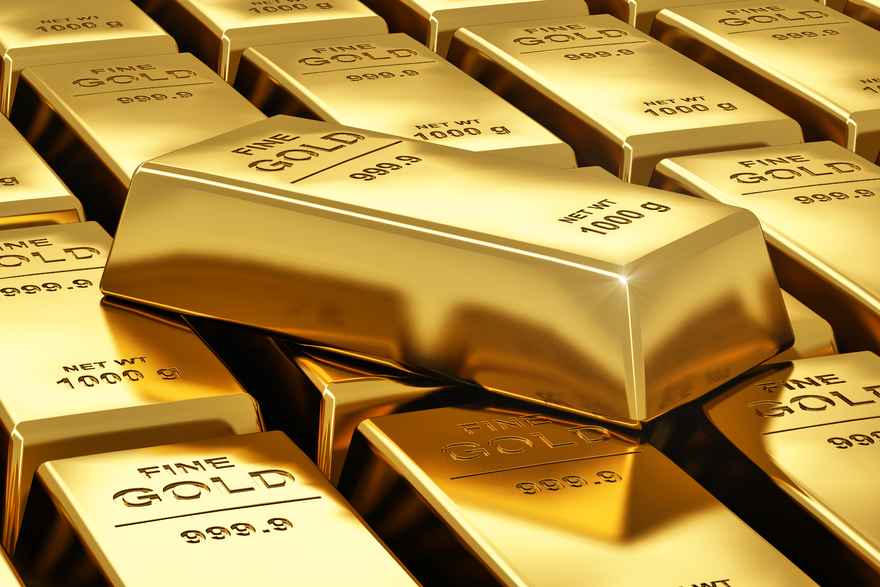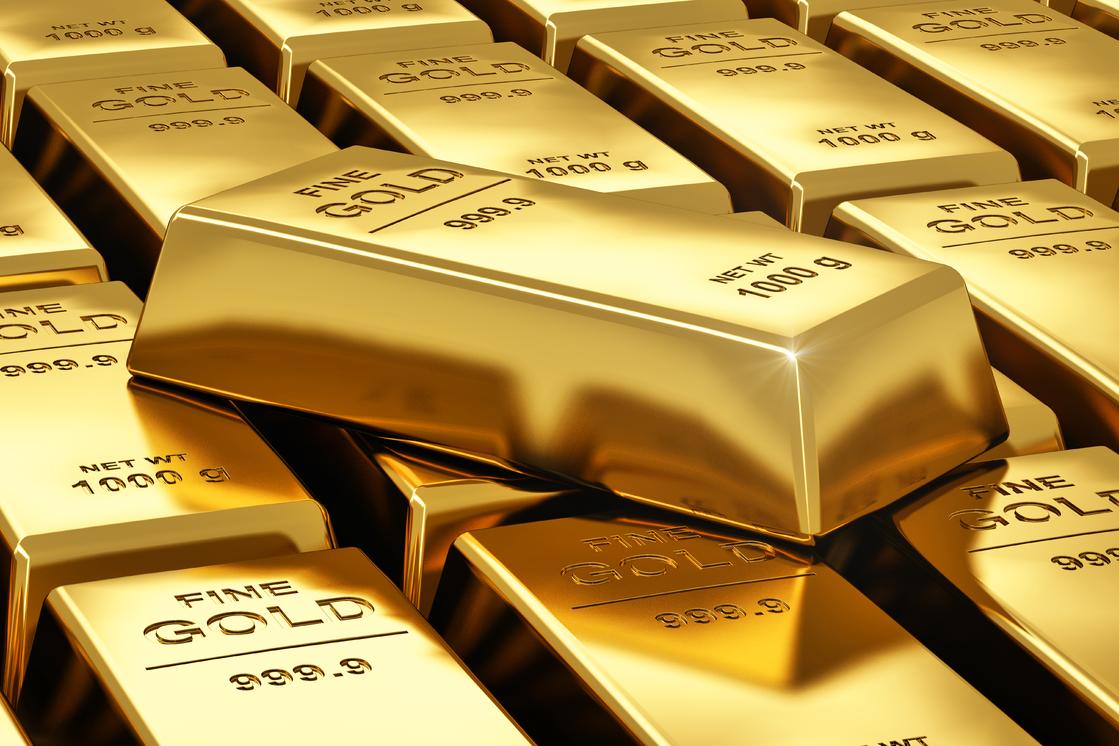Do you want to invest in gold, startups, and cryptocurrencies?

 Do you want to invest in gold, startups, and cryptocurrencies?
Do you want to invest in gold, startups, and cryptocurrencies?Before I get to your question, you need to know my investing philosophy:
- I follow the Warren Buffett, Benjamin Graham approach to investing, safety of your capital first, then look for a reliable stream of increasing dividends
- invest for the long-term, in the short-term stock prices are volatile, but in the long-term (I'm talking decades) quality company stock prices go up
- invest in companies with a history of profitability (again I'm talking in decades not 1 or 2 years)
- invest in companies with a history of increasing dividend payments (again I'm talking in decades)
- invest in companies that are virtual monopolies in their industry (AT&T-Verizon-TMobile-Sprint, Rogers-Bell-Telus, Walmart-Target-TJX, 5 largest Canadian banks)
- invest in companies with low debt
- my goal is to help you build for yourself a passive income producing machine, a machine that increases your passive income every year with the least amount of effort
Just with this list above you can see that Facebook, Twitter, Tesla, Cryptocurrency, and startups are not good candidates.
I shouldn't invest in startups?
Am I saying that you should not invest in Facebook, Twitter, Tesla, Cryptocurrency, and startups? Of course not.....
You can invest in startups, cryptocurrency, new technologies, high-growth companies, if:
- you are very knowledgeable in those industries
- you have the time, resources, confidence, and expertise to research those industries
- you understand and accept the risks of investing in those industries
- you can absorb any financial losses that you may incur by investing in those industries
- build for yourself and your family a solid investment portfolio that provides you with a reliable stream of growing passive income
First protect your lifestyle
With a reliable stream of growing passive income, your living expenses and lifestyle are protected, only then should you venture out and make higher-risk investments if you wish. There are no shortcuts, it takes time to build a reliable stream of growing passive income. With this approach you need two things: time & money. The younger you are, the more time you will have to build a solid income-producing portfolio. The more money you have, the bigger the portfolio you will be able to build for yourself. Having both time & money is even better!
You might already know this but I need to go over 2 definitions with you: what is a dividend?, what is dividend yield?
What is a dividend?
For example if Company ABC is paying a dividend of $1 per share, and you own 1000 shares, you will receive $1000 every year, for as long as you continue to own those shares and as long as the company continues to pay the $1/share dividend. Dividends are yours to keep, you can choose to spend the money or re-invest it. This is truly passive income, you make money while you sleep. And in your 401k, IRA, TFSA and RRSP trading accounts the qualified dividends are tax free.
What is dividend yield?
Let's take a look at Scotia Bank (BNS) in Canada:
today's stock price for BNS: $55
annual dividend: $2.71
Dividend Yield = Dividend divided by Share Price = $2.71 / $55 = 0.0493 = 4.93%
The dividend yield tells you the return on your investment while you hold on to your shares. If you're investing $9000 today in BNS you would get $443 (4.93% of $9000) in dividends each year, possibly more because BNS increases their dividend every year. Their stock price can go up or down but you will continue to earn 4.93% every year.
My real-life example:
In 2000, I purchased 185 shares of TRP at $13.40 each
185 shares x $13.40 = $2479 initial investment
Total Dividends Received to date: $6134.60
Current Share Price: $69
Share Price Return: 415%
Total Return (including dividends): over 652%
185 shares x $13.40 = $2479 initial investment
Total Dividends Received to date: $6134.60
Current Share Price: $69
Share Price Return: 415%
Total Return (including dividends): over 652%
My current dividend yield based on the original stock price = $3 / $13.40 = 22.4%
It does take time, but most people dismiss dividends as being insignificant.
Should I invest now or wait?
No one knows when a better entry point will arrive, will it be in 3 months or 3 years? What is the opportunity cost for not investing your money for 3 month or 3 years? Because we buy when a stock is undervalued (priced low) your margin of safety is increased. If you buy at overvalue and the market crashes your stock price will really come down hard. But if you buy at undervalue, the stock price will come down but not as much if you had bought at overvalue.
Just my opinion (I'm not a registered advisor), with the market being so high (February 2020), now might be a good time to sell your loser stocks (stocks with high debt, no dividends, no earnings.....) I'm sure even with your loser stocks they are priced higher now than what you bought them for. I would keep the quality stocks that are continuing to pay you increasing dividends. Look at my example above with TRP I bought it at $13.40 and the stock is now at $69 but I will not sell it. Why? Because that stock is paying me 22.4% each year, I can't get 22.4% return from bonds, term deposits (GICs), or any bank account. Plus the 22.4% is all passive income now, and the stock has been completely paid off, remember I invested $2479 but have received $6134 in dividends alone just from this one stock.
Just my opinion (I'm not a registered advisor), with the market being so high (February 2020), now might be a good time to sell your loser stocks (stocks with high debt, no dividends, no earnings.....) I'm sure even with your loser stocks they are priced higher now than what you bought them for. I would keep the quality stocks that are continuing to pay you increasing dividends. Look at my example above with TRP I bought it at $13.40 and the stock is now at $69 but I will not sell it. Why? Because that stock is paying me 22.4% each year, I can't get 22.4% return from bonds, term deposits (GICs), or any bank account. Plus the 22.4% is all passive income now, and the stock has been completely paid off, remember I invested $2479 but have received $6134 in dividends alone just from this one stock.
Should I invest in gold?
I don't own any gold stocks. Warren Buffett is not a fan of investing in gold, or any other nonproductive asset. In other words, gold won't generate income or produce anything of value -- its price is simply based on what someone else is willing to pay for it. Buffett says: "You could take all the gold that's ever been mined, and it would fill a cube 67 feet in each direction. For what it's worth at current gold prices, you could buy -- not some -- all of the farmland in the United States. Plus, you could buy 10 ExxonMobils, plus have $1 trillion of walking-around money. Or you could have a big cube of metal. Which would you take? Which is going to produce more value?"
Then what should I invest in?
Another way to look at it, imagine if tomorrow the 5 largest banks in the country shutdown, imagine you could not login to your bank account or access any ATM machine. Within 24 hours there would be people in the streets demanding for the government to do something. Imagine if AT&T-Verizon-TMobile-Sprint shutdown all the cell towers, internet access, and phone lines. This would cause huge disruptions in people's lives. Now imagine tomorrow if Pintrest or Twitter shutdown forever, I'm sure some people would be upset but life would go one. Some companies provide essential services and some do not. If you want to protect your capital invest in companies that provide essential services.
My 12 Rules of Simply Investing provide you with a step-by-step guide on what to avoid and what to invest in for the long-term. Start building your own passive income producing machine today.
Did you enjoy reading this article? If so, I encourage you to sign up for my newsletter and have these articles delivered via e-mail once a month…and it’s free!

2 comments
Does the math make sense? The example of total return works if you sold the stock to obtain the share price returns. But if you don't sell, you can only count the dividend returns as actual returns. And why calculate the dividend yield on your purchase price, not today's price? The true current yield is somewhere around 4%+. Shouldn't you use this as a real reference to compare with other prospects with a better yield?
Hi Jeremy,
Let's look at the facts:
Did I invest $2479 in TRP? Yes.
Will I receive $555 in dividends this year from TRP? Yes.
What then is the return on investment for this year? $555/$2479 = 22%
But if you don't sell, you can only count the dividend returns as actual returns.
Correct so the actual return (without selling any stock) is:
$6134.60 (plus divs received to date) /$2479 = 253%
Jeremy your questions and comments are valid, but our focus is different. You seem to be focused on the current stock price, while I am focused on the income being generated from my investments.
The true current yield is somewhere around 4%+.
Yahoo Finance lists the current yield at 5.59%, but what happens if the stock price drops to $28? The dividend yields goes to 8.29%. What happens if the stock price rises to $97, the dividend yield goes to 2.39%.
I know $28/share and $97/share might be extreme examples, but the point I'm trying to make is that the dividend yield changes every time the stock price changes.
But regardless of the stock price, this one stock (that cost me $2479) will generate $555 in dividends this year.
My focus is on building a portfolio that will generate growing passive income over the long-term.
Leave a comment